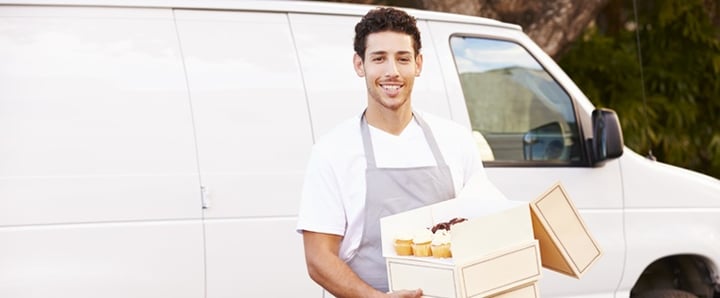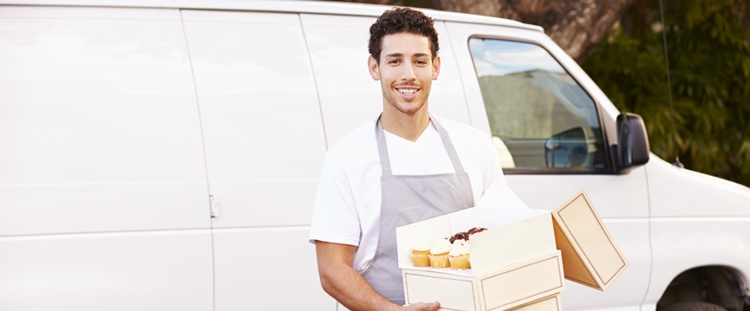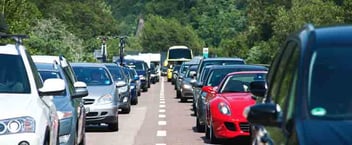
Managing a delivery fleet and mapping routes with multiple stops and many restrains can be quite a challenge. Bakeries must face the dificulties of urban deliveries, where they have to deal with traffic congestion, rising costs of fuel and attend customer expectations among other features.
Some of the restraints that backeries face on their day to day operations are:
- They have specific delivery windows.
- Companies must keep very strict product conditions
- Urban baked goods deliveries usually have multiple destinations of small deliveries.
- The number of orders at times can be unpredictable, and companies must be ready for last minute issues.
What has the industry done around the world to optimize their delivery routes?
1. Focus on Execution Excellence to Embrace Change
Mexican company Bimbo, the world’s largest bread baker, “uses performance excellence to adapt to rapidly changing circumstances and customer preferences,” according to Mauro F. Guillén Professor of International Management at the University of Pennsylvania’s Wharton School, on Harvard Business Review.
“Bimbo’s executives understand that in a low-margin business like theirs, execution is crucial. Profits depend heavily on getting the right amount of highly perishable products to stores at the right moment and a reasonable cost. In many markets, 'stores' are mainly mom-and-pop outlets scattered many miles from one another over poor roads.""To make such customers profitable, Bimbo searches relentlessly for ways to eliminate waste and increase the efficiency of its operations.”
That is why the company looks for ways to improve the productivity of plants, its higher truck fleets, and other elements, with “sophisticated computer systems to optimize delivery routes.”
“Instead of getting bogged down in planning, Bimbo takes chances, experiments, gets market feedback quickly, and does what’s needed to improve its value proposition to customers.”
2. Fleet Tracking to Keep up to Schedule
Inbound Logistics recalls the case of Warburton’s, the United Kingdom's largest bakery brand, with 24 locations and distribution centers across England and Scotland.They are using route optimization and smart fleet tracking systems to ensure its products arrive on customers' store shelves according to schedule, as "super-fast fulfillment" is key.
When your product emerges hot from the oven each day, speed to market is crucial.
3. Mobility Improves Accuracy
Former Sales Manager of Psion, Mike McGuriman, reports on Food Logistics the case of one of the largest independent bakeries in western Canada, using mobile devices to secure supply chain efficiency.They started using handheld devices for route drivers in Calgary, "helping the company cutting costs, saving staff hours and increasing the efficiency and accuracy of transportation and delivery.”
“When the bakery staff takes orders over the phone, email or fax, the information is entered into their route accounting software, integrating the new order with standing orders. The information then creates a list of deliveries that is segmented by route and a load sheet with the total number of products required for delivery. This information is sent to the bakery’s distribution and production system and the picking process begins.”
All this returns to the drivers, who are all set on the route.
4. Route Optimization can Reduce the Number of Vehicles on Short Legs
Czech scholars in Prague were also concerned about the optimization of pastry deliveries at a local brand, especially when ones running “fast deliveries.”While “long delivery” takes a longer distance to other regions of the Czech Republic, where suppliers are large businesses or department stores, with greater amounts of goods, a “fast delivery” is supplied from one storehouse, and “contains several tens of places with usually more than one retailer.”
- Goods must be delivered before their opening hours.
- There have limited vehicle capacities and need to use several vehicles for each area.
With route optimization, they reduced by 18% the number of vehicles necessary for the delivery.
Do you face route management problems in your deliveries? How have you worked to cut costs and stick to your schedule?



